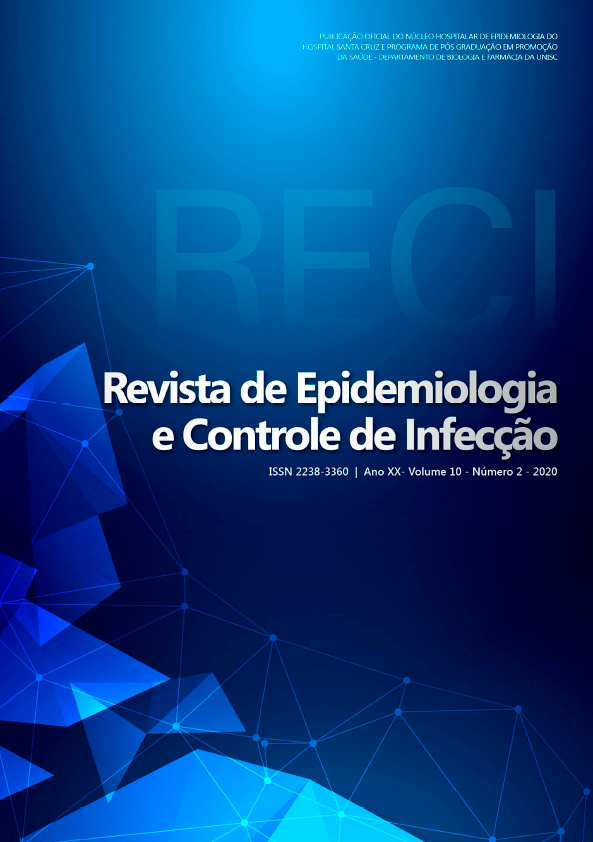Occurrence of Acanthamoeba in hospitals: a literature review
DOI:
https://doi.org/10.17058/jeic.v10i2.13702Palabras clave:
Acanthamoeba spp., hospital environment, human healthResumen
Acanthamoeba are among the most prevalent environmental protozoans and have a cosmopolitan distribution. The main concern for public health purposes is that they can also be isolated from contact lenses, storage cases and cleaning solutions, ventilation and air conditioning systems, dental treatment units, dialysis units, emergency showers and eyewash stations. These genera include a diversity of pathogenic microorganisms that leads to infectious diseases inside the hospital environment, and it is of the utmost importance to carry out the surveillance, considering mainly the immunocompromised patients, which are more susceptible to these diseases. The level of human health risk and its associations in the hospital environment is unknown, and part of this problem is potentially the lack of correlation between protozoan exposure and symptom onset, which each patient can develop at different periods in time. Studies on the ecology and distribution of non-enteric pathogens in the hospital environment are necessary to understand their potential threat to human health. Thus, this review presents a current overview of the presence of Acanthamoeba spp. in hospital environments aiming to verify their presence in these environments, and look for effective ways to control their presence through disinfection and monitoring measures.Descargas
##submission.downloads##
Publicado
Cómo citar
Número
Sección
Licencia
Derechos de autor 2020 Danielly Joani Bullé, Lisianne Brittes Benittez, MARILISE BRITTES ROTT

Esta obra está bajo una licencia internacional Creative Commons Atribución 4.0.
The author must state that the paper is original (has not been published previously), not infringing any copyright or other ownership right involving third parties. Once the paper is submitted, the Journal reserves the right to make normative changes, such as spelling and grammar, in order to maintain the language standard, but respecting the author’s style. The published papers become ownership of RECI, considering that all the opinions expressed by the authors are their responsibility. Because we are an open access journal, we allow free use of articles in educational and scientific applications provided the source is cited under the Creative Commons CC-BY license.


